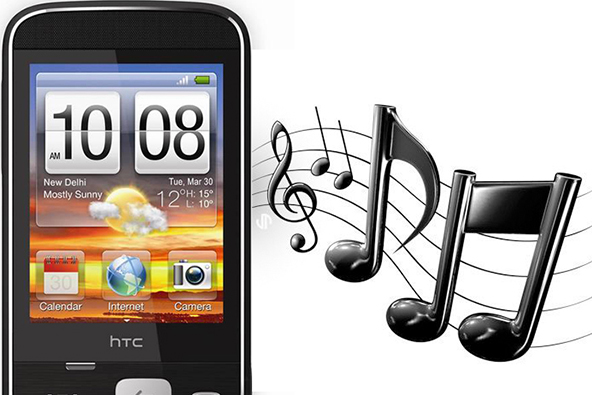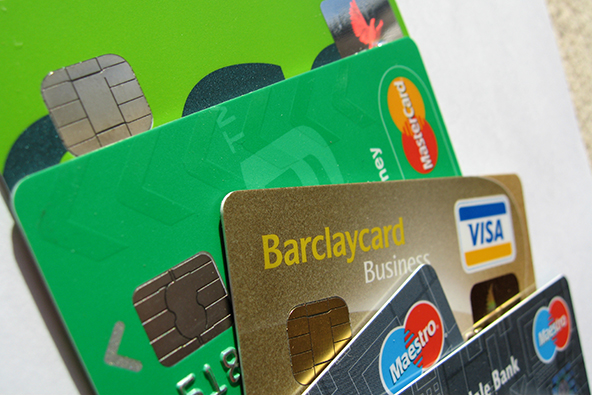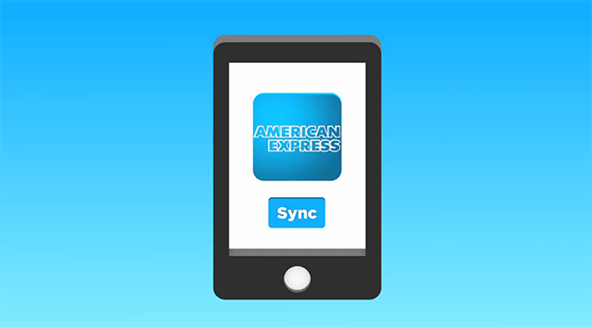What Everyone Selling Ringtones Should Know About Credit Card Acceptance Pricing

Having read this article’s title, you may be wondering why anyone would want to write a whole blog post about credit card acceptance for merchants selling ringtones. Well, what I am about to share with you will actually be equally applicable to all merchants that sell products and services with very low average ticket. I chose to put ringtones in the title simply because I just signed up such a merchant last week and the experience gave me the idea of blogging about their specific circumstances, as related to pricing for credit card acceptance.
First, let me give you the bad news. If you sell very-low-average ticket merchandise, it is unlikely that, whatever you do, your cost of accepting cards will come even close to what merchants selling low-, medium- or high-ticket merchandise pay. However, there is a significant probability that a wrong choice will drive your cost much higher.
Why Are Ringtones a Special Case?
Merchants selling ringtones, as well as all other sellers of very-low-average-ticket merchandise, are hit especially hard by the way credit card processing pricing works. All pricing models are based, some more loosely than others, on Visa’s and MasterCard’s interchange rates, which for the most part do not take ticket size into account. Let me explain.
The interchange fee is the biggest component of the discount rate, which is the compound fee merchants are charged for each processed card transaction. The interchange consists of a percentage of the sale’s amount and a fixed per-transaction fee (for example 1.89% + $0.10). Then the processing company (e.g. UniBul Merchant Services) adds its own fee to the interchange, say 0.25% + $0.15 (I am using an interchange-plus model in my example for the sake of simplicity, but the rule applies to the other models as well). So the discount in this case would be 2.14% + $0.25.
If you sell ringtones for, say, a dollar a piece, the per-transaction portion of your discount in our hypothetical example will represent 25 percent of the total sale’s amount, while the percentage fee will only account for 2.14 percent. By contrast, if your average ticket amount were $100, the respective figures would be 0.25 percent and 2.14 percent. So the weight of the per-transaction component of the discount rate is in an inverse relation to the ticket size. That is to say, as the former increases, the latter decreases and vice versa. The percentage component’s weight is of course independent of the ticket size.
What Are You to Do?
Now that you know that the per-transaction component of the discount rate is disproportionately more important when you sell very-low-ticket items, what are you to do about it?
Firstly, you should select an interchange-plus type of pricing plan. We have previously examined in detail the basics of this type of pricing structure and have explained why you should choose it over any other available pricing model. The importance for very-low-ticket merchants to make this choice is even greater, as non-qualified rates in other models typically feature a higher per-transaction fee than qualified rates. This is what you should try to avoid at any cost. By contrast, with interchange-plus, the percentage component of your discount rate will fluctuate from one transaction to another, but the per-transaction fee will remain constant.
Next, after you have selected an interchange-plus pricing model, you need to negotiate the lowest per-transaction fee you can get. Tell your processor that you would agree to a much higher percentage, as long as they lower the per-transaction charge. You will find that many processors will be willing to accommodate. Make sure to add up all per-transaction fees your processor may be charging (starting with the authorization fee) and negotiate on the total.
The Takeaway
Even if you do what I am suggesting above and are able to negotiate a good per-transaction fee of your discount rate, its weight in very-low-average-ticket sales will still be significantly higher than the one of the percentage fee, because the per-item component of most interchange rates is $0.10 (this is non-negotiable). Then the processor will have to add a few cents to cover its own costs. So you can’t go lower than the mid-teens and will probably end up a bit higher than that. But that is a much better outcome than the one you would’ve had to live with, if you hadn’t done your home work.
Ringtone-selling merchants will be paying higher transaction fees than their peers in most other industries for as long as the interchange remains in its current form. The Fed is about to enact a rule that will limit the per-transaction component of the interchange for debit cards to $0.05, which will provide some welcome relief to low-ticket merchants, but there are no signs that similar changes will come to credit cards any time soon.
Image credit: Spacefm.gr.


